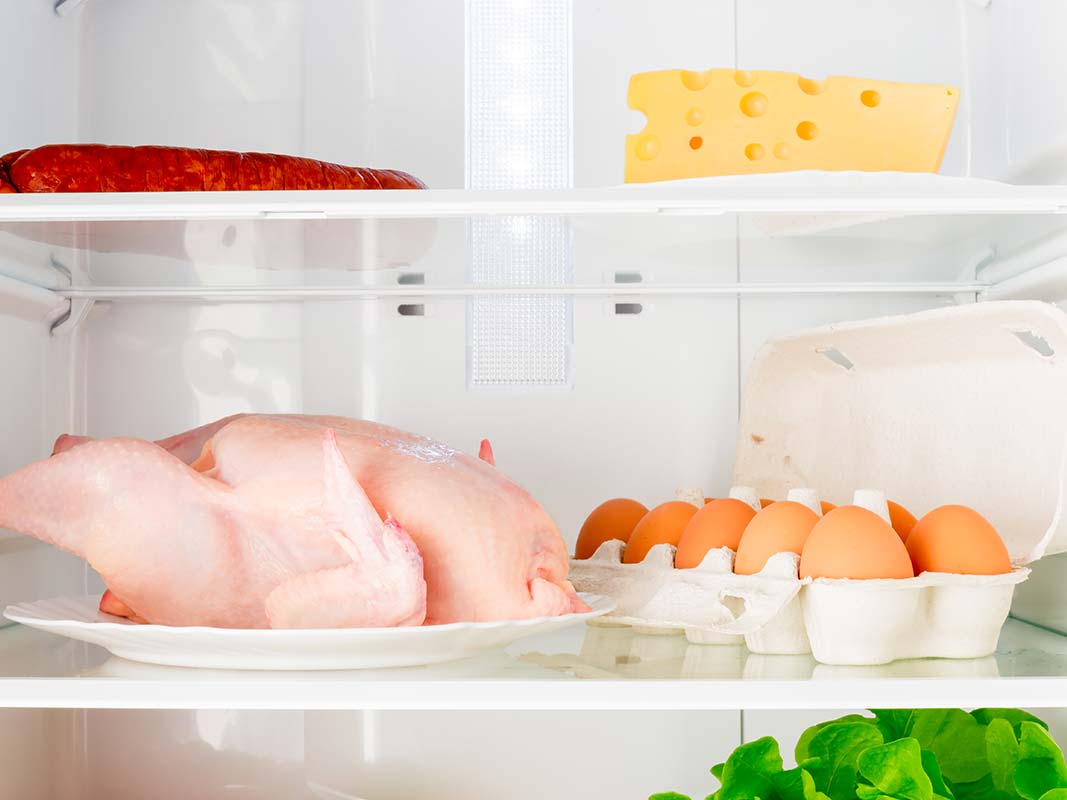When subjecting meat to the myriad musings on health and nutrition, taste and temperament, it is imperative to understand the various factors that contribute to the final constitution of any good produce. While in effect freshness is a great talking point, when it comes to all categories of meat, we seldom take into consideration what it undergoes before being added to that plate of food. So, you got some prime ribs and that secret spice mix your mom swears by. And you might be a veritable pyromaniac, living-breathing, smoke and charcoal. Or maybe you boast of convenience with that state-of-the-art, WIRED-recommended gas grill. But for some reason it didn’t turn out to be that juicy steak dinner you set your heart after. Confused?
A lot has been spoken about the marbling, and the requisite fat-trims, and the cooking methods and the accompaniments. However, one pivotal aspect around meat quality and nutrition rests upon how that meat is stored. Meat storage was synonymous with meat preservation in the non-refrigeration times that took recourse to pickling salts and crock jars, brining and canning, and eventually paved the path for the modern ‘hang and cure’ food processing industry.
In the modern, metropolitan scheme of things, meat storage revolves primarily around refrigeration. There are several measures which can be taken to ensure meat safety and avoid food poisoning and bacterial growth.
Most basic of these is the use of clean, sanitised and sealed container for storing raw meat and poultry. It is advisable to place these sealed containers on the bottom shelf of the refrigerator to avoid any contact or drainage into other food items. Plates, utensils, hands and surfaces which have been in touch with raw or thawing meat must be sanitised immediately and with complete thoroughness to avoid bacterial growth.
Also, when buying packaged meat, the instructions on the label and the expiry date must be adhered to. It goes without saying that guidelines provided on the packaging are a stringent measure of food safety and must not be compromised at any cost. Cooked meat that is not meant for consumption right away is best when cooled as soon as possible and refrigerated.
It is better to get your meats fresh and avoid freezing for use for another day. The reason being that freezing alters the taste of meats in significant way resulting in meat that tastes a bit more bland compared to its fresh counterpart. If you decide on freezing then ensure it is done before the expiry date. Also, it is important to follow any freezing or thawing instructions provided on the product package. In case one uses the microwave to defrost the meat, it must be cooked straight away. For a cook scheduled later, it is advisable to thaw it in a gentler environment so it doesn’t get too warm. Use the meat within two days of defrosting. It will go off in the same way as fresh meat. Cook food until it’s steaming hot all the way through.
Celebrate being alive, eat with a choice. Shop with a plan and above all, smile with abandon!


Pingback: Fresh meat will always win the quality war. - Licious - Blog